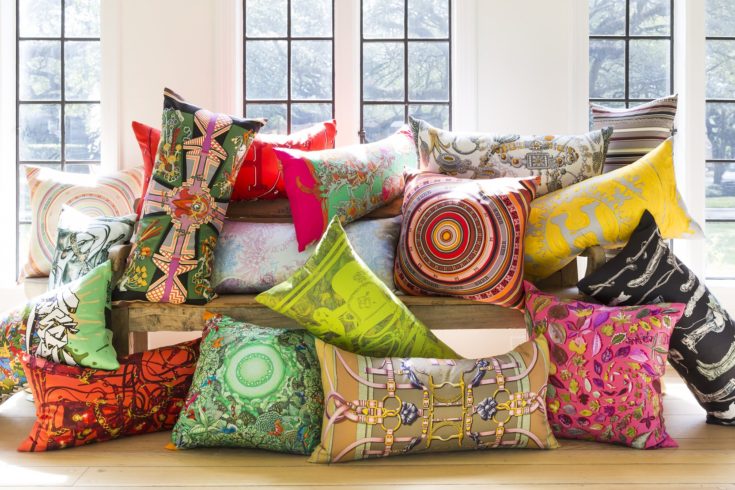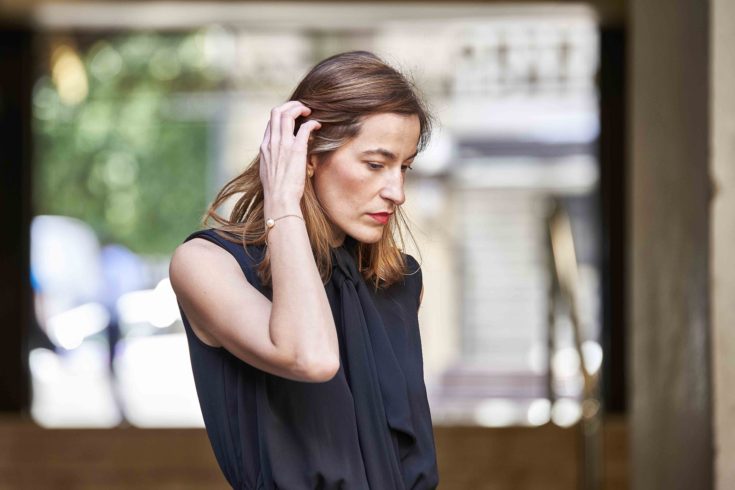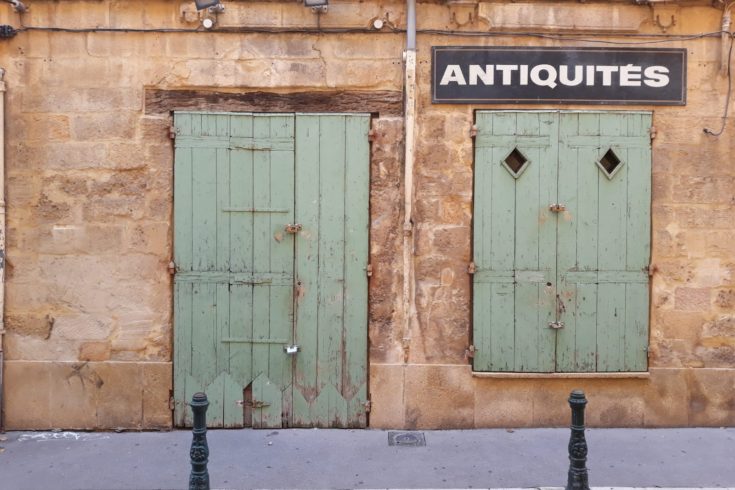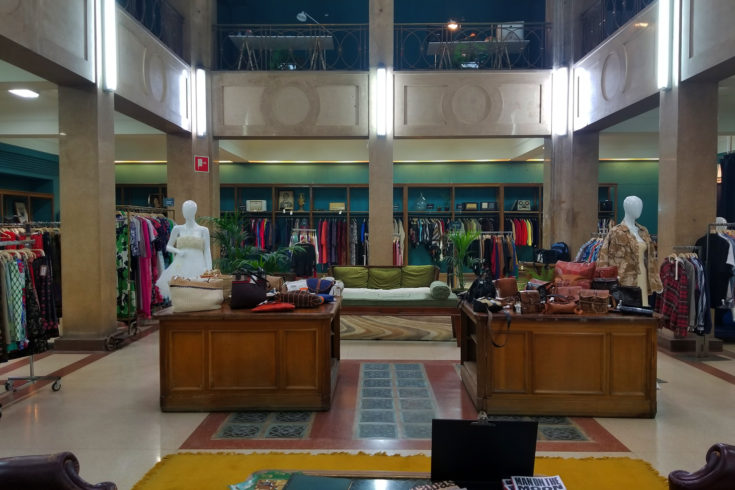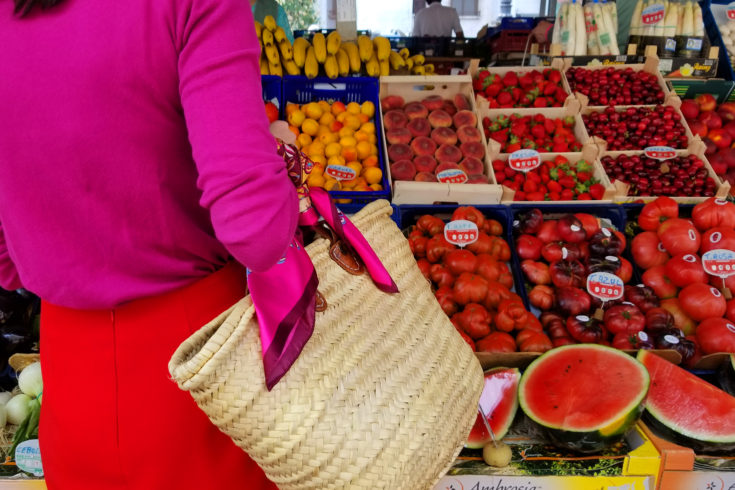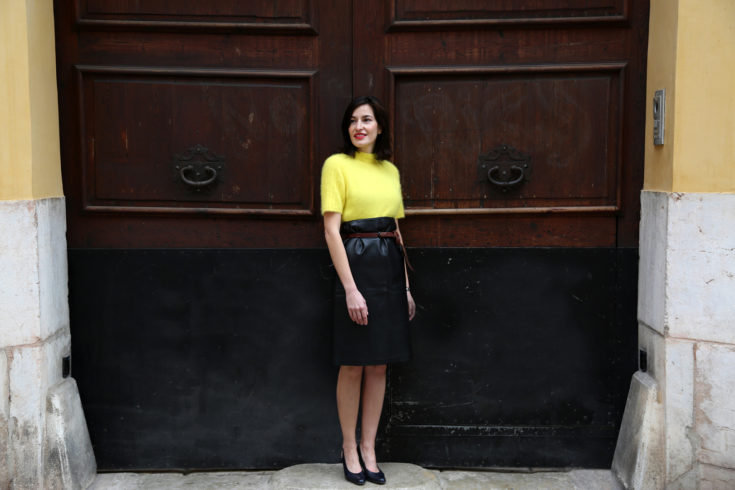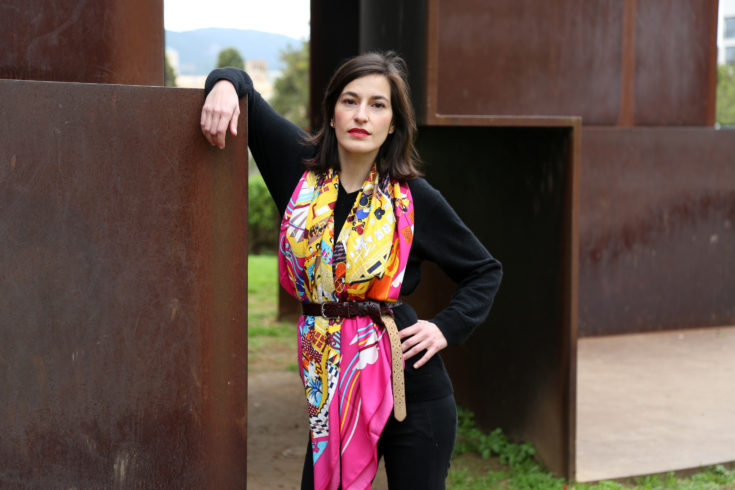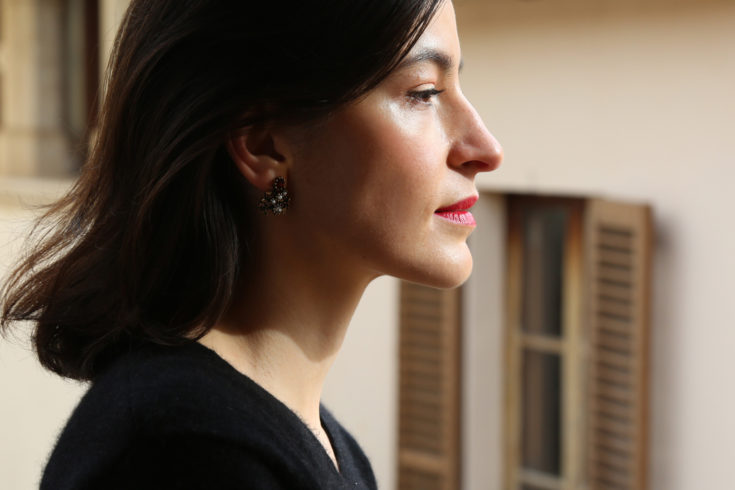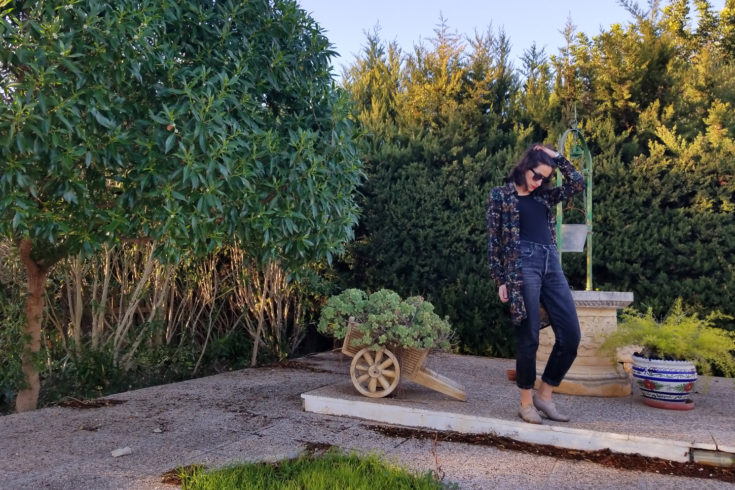Circular economy is a very popular concept right now and a hot topic in the media. For the profanes, circular economy is a new economic system that replicates nature with its endless system. One species’ waste becomes others food and energy is provided by the sun. Once someone dies nutrients return to the soil and is a system that works!! It’s been doing it for millions of years. Instead, in our current system is linear economy, in which we produce – consume – dispose. Every time we do so, we consume resources that are limited and increase the amount of waste in our landfills.
Category: shopping
7 ideas for sustainable Christmas gifts
December 17, 2018Christmas has turned into the time for consumerism, and as avoiding gifts seem almost impossible. Here, I have created a list with some great sustainable alternatives to give away this Christmas.
Time passed and one of the few objects that remain is the jewelry. Every woman owned a piece that has belonged to her family for a few generations. For that reason, getting a new piece of jewelry should be a thoughtful decision. It is better to go for a timeless design, and if you can also add sustainability into the decision making process, even better!!
I met Carlos Blanco few weeks ago, and we immediately clicked! His passion for engineering and sustainability, as well as his broad knowledge on green energies make his conversation about sustainability interesting and pedagogical. It soon became clear that he was meant to be part of Style Indigo!
Today, I am happy to announce that he will become a collaborator on this blog and without further delay I leave you with his first post. Hope you like it!
Until not that long ago, wearing second-hand clothes in Spain used to have very negative connotations. Actually, old people still things that you should wear brand-new clothes, and find hard to understand that you appreciate something that used to belong to someone else. Luckily, young people, mainly in big cities such as Madrid and Barcelona, are changing their minds and start consuming preloved clothes and appreciating the history behind those garments. Since the habits are changing, amazing vintage spots are popping here and there.
Since I started this blog, my awareness about the plastic epidemic has grown. I try to avoid its use as much as possible. One of the easiest way to prevent its consumption is through our grocery shopping habits, not just escaping the plastic bags by the supermarket’s till, also throughout the purchase process. In the big supermarkets most the items are packed, making it very hard to avoid plastic. Actually, it’s being proof, that when implementing plastic-free policies in the supermarkets, such as charging for the plastic bag, the use of plastic at the till reduce, while the thin plastic bags available at the fruit & veggies section increase… Which is so sad!
This week I have a challenge for you! I want you to go through your wardrobe and make sure that you have at least three different combinations for everyone of your garment. It might take a lot of time, but it is a great exercise to edit your wardrobe and become fully aware of all the clothes you already own and save yourself time long term!
In my latest post I analyzed some of the trends seen in the Paris Haute Couture (if you missed it, you can check it here) and one of those trends is accessorizing. Meaning that every look could be improved with the right accessories, and when talking about accessories scarf is the king!! A blank canvas where the artist can express their creativity. A timeless piece that can be worn regardless your age and style and that it’s being worn by all the stylish women throughout history, from actresses and singers to queens.
Imagine owning pieces of Marie Antoinette jewel’s? Or borrowing La Peregrina from Liz Taylor’s collection? And what about having access to María Félix extravagante pieces? Great jewelry are timeless pieces that pass from generation to generation and are reserved for very few lucky women. Thanks to a local Spanish artisan this dream could become true and your dream of owning an historical jewel could be more accessible than you think.
I started this blog over nine months ago with an article about the 30 wears challenge and I was wearing this same dress. After almost a year of trying to dress and live in a more sustainable way, I would like to bring up the optic again. In 2015 Livia Firth, the founder of EcoAge, started a movement in which she challenged people to stop consuming fashion as a disposable good. The way to proceed is first, by wearing the clothes we already owned at least 30 times before getting rid of them and secondly, by asking ourselves if we will use something 30 times before purchasing it!

